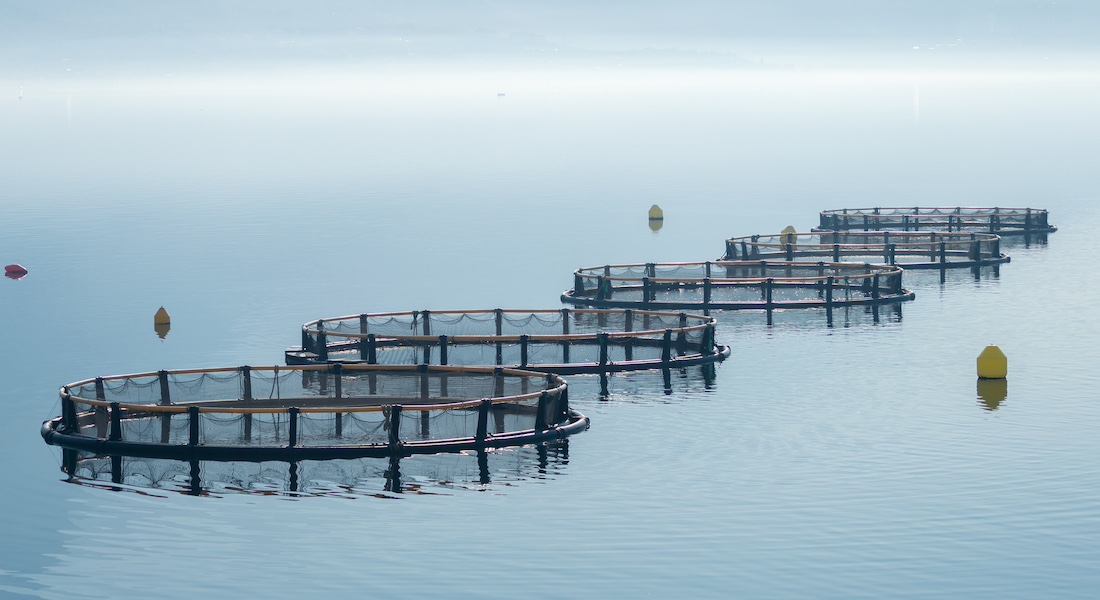Ethicists’ commentary on standards of euthanasia for moribund fish in aquaculture

Ethical question of the month, August 2023
A priority of agriculture and aquaculture veterinarians is to ensure a quick and humane death upon slaughter. In ideal conditions, techniques are constantly monitored, assessed, and improved to prevent or minimize suffering. Whereas the majority of healthy animals at slaughter receive this standard of care, moribund animals could receive more. In salmonid aquaculture, fish at slaughter are rapidly stunned, then exsanguinated on designated vessels with specialized equipment. During daily (semi-closed or closed systems) or weekly (net pens) mortality collections, moribund and deceased fish are removed from the system and typically placed into dry buckets or bins. These moribund fish either suffocate or are crushed to death. Although operation owners, staff, and veterinarians collectively disagree with this treatment of moribund fish, they acknowledge that swift euthanasia is not practical in every situation. As a result, differences in the ways of handling moribund fish are begrudgingly accepted. As stewards of animal care and welfare, these differences should be unacceptable to us. As veterinary professionals, why do we accept this, and how can we collaborate with site owners, staff, and industry to improve standards of euthanasia for moribund animals?
Clare Palmer, Peter Sandøe, & Dan Weary comment on this dilemma and you can read it here: Ethicists’ commentary on standards of euthanasia for moribund fish in aquaculture (pdf)
